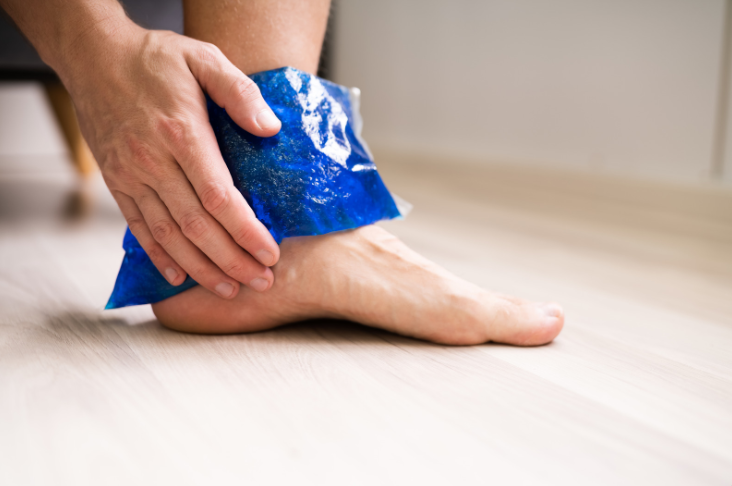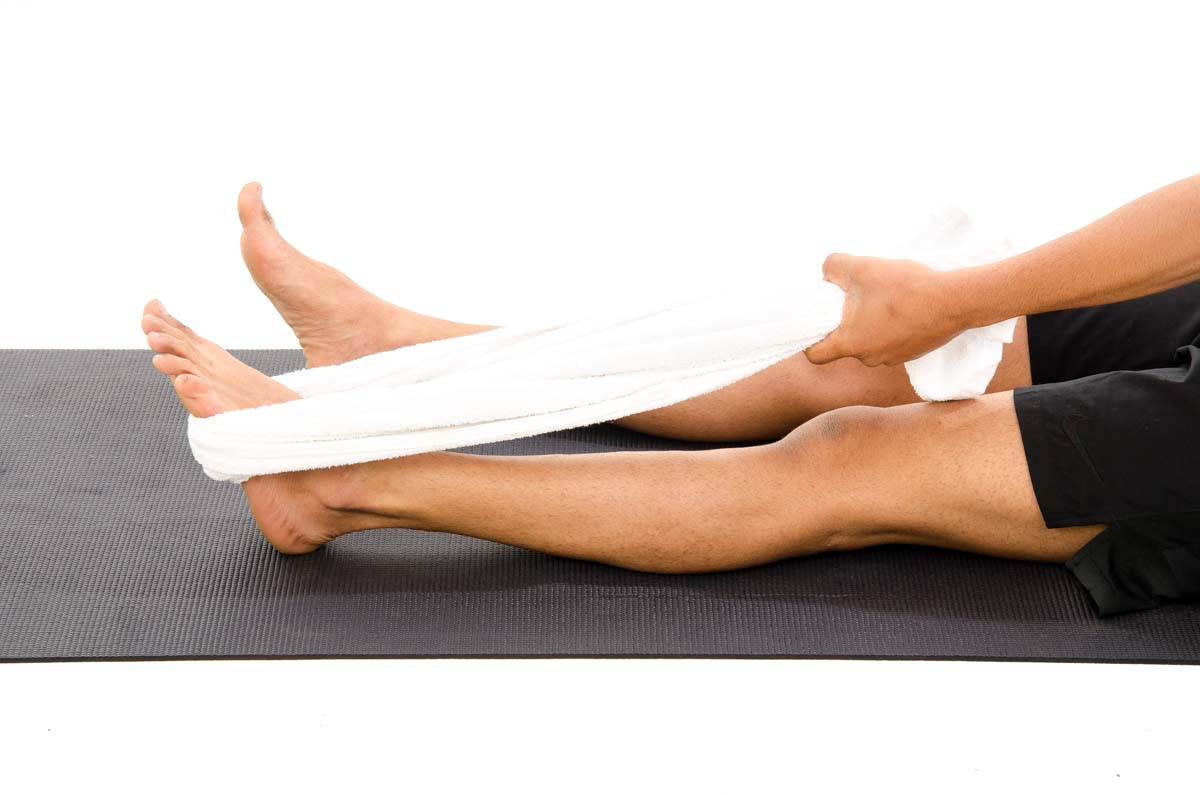Whether you missed a step, landed awkwardly during a game, or just twisted your foot while walking, an ankle sprain can happen when you least expect it. It’s a common injury that many people shrug off—but without the right treatment, it can lead to long-term problems like weakness, stiffness, or recurring pain.
That’s where physiotherapy comes in. This blog will guide you through how to treat a sprained ankle with physiotherapy, including recovery tips, exercises, and when to see a physiotherapist. Let’s walk through it step by step—literally!
What Exactly Happens When You Sprain Your Ankle?
A sprained ankle happens when the ligaments that hold your ankle bones together are stretched or torn. This often occurs when your foot twists or rolls unexpectedly.
There are three grades of ankle sprains:
- Grade I (Mild): Slight stretching of the ligament with minor swelling.
- Grade II (Moderate): Partial tear, swelling, bruising, and some loss of motion.
- Grade III (Severe): Full tear of the ligament, significant swelling, and difficulty walking.
Ignoring even a mild sprain can lead to future problems, so getting the right treatment early is important.
Why Physiotherapy Is Important After an Ankle Sprain
You might be tempted to just rest and hope it heals on its own. But physiotherapy speeds up healing and helps your ankle return to normal strength and movement.
- Here’s how physiotherapy helps:
- Reduces swelling and pain
- Restores movement and flexibility
- Builds strength in the muscles around your ankle
- Helps prevent future sprains
Starting physiotherapy at the right time makes a big difference in how well and how quickly you recover.
Step-by-Step: Treating a Sprained Ankle With Physiotherapy
Phase 1: First 48–72 Hours (Reduce Swelling and Protect the Ankle)

R.I.C.E. Method:
- Rest: Stay off your foot as much as possible.
- Ice: Apply ice packs for 15–20 minutes every 2–3 hours.
- Compression: Use an elastic bandage to reduce swelling.
- Elevation: Keep your foot raised above heart level.
Start with gentle ankle movements like up-and-down or side-to-side motions, if pain allows.
Phase 2: Days 3–7 (Regain Motion and Light Strengthening)

- Stretching exercises for the calf and ankle
- Isometric exercises (like pressing your foot against a wall without moving it)
- Begin weight-bearing slowly if pain allows, with guidance from a physiotherapist
Phase 3: Week 2 and Beyond (Restore Balance and Strength)
:max_bytes(150000):strip_icc()/About-2A14-Lunges-926-01578453223b4c9283c6d188fba93663.jpg)
- Resistance band exercises to strengthen ankle muscles
- Balance training, like standing on one foot
- Heel raises and toe walks to improve control and movement
- Gradual return to walking, jogging, and daily activities
A physiotherapist will guide you through this based on your recovery progress.
At-Home Physiotherapy Tips
You can support your healing at home by:
- Doing your exercises regularly (but not pushing through pain)
- Avoiding uneven surfaces and high-impact activities
- Wearing ankle-supportive shoes or braces
If you feel sharp pain, sudden swelling, or your ankle gives out, it’s time to see a physiotherapist for a check-up.
When to See a Physiotherapist
While home care is helpful, there are times when you should definitely reach out to a physiotherapist:
- You still have pain or swelling after a few days
- You can’t walk without limping
- Your ankle feels unstable
- You’ve had ankle injuries before
During your first session, the physiotherapist will check how your ankle moves, test your strength and balance, and show you safe exercises.
Preventing Future Ankle Sprains
Once you’ve recovered, keeping your ankle strong is key. Some simple habits to protect your ankle:
- Keep doing balance and strength exercises
- Always warm up before sports
- Wear well-fitting shoes with good support
- Watch your step on uneven ground
Your physiotherapist may recommend a few follow-up sessions or a home program to help you stay active and confident on your feet.
Frequently Asked Questions
Q1: How soon after an ankle sprain should I start physiotherapy?
You can start gentle movements within 48–72 hours, but a physiotherapist can guide you through the safest plan.
Q2: Can I walk on a sprained ankle?
It depends on the severity. Mild sprains may allow walking after a few days, but it’s best to take it slow and follow advice from a physiotherapist.
Q3: Do I need an X-ray before physiotherapy?
Not always. If there’s a lot of swelling or you can’t put any weight on your foot, a doctor may order one to rule out a fracture.
Take Simple Steps Toward a Stronger Ankle
A sprained ankle might seem like a minor setback, but it’s important to treat it properly to avoid long-term issues. With steady physiotherapy and some patience, you’ll be back to walking, running, or doing the things you enjoy.
Looking for Physiotherapy in Phursungi?
If you’re nearby and want help with your recovery, consider visiting Dr. Renuka Gawhale, Physiotherapist in Phursungi. She works with people dealing with ankle sprains, joint pain, and movement difficulties. Getting the right support can make your recovery smoother and more comfortable.






